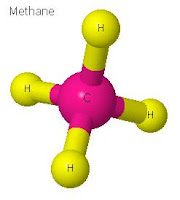Metals and Non-Metals
Q & A
Q1: List any five physical properties of metals.

Answer: Physical properties of metals are:
- Metals are usually hard (exceptions are: sodium and potassium).
- These are sonorous.
- These are lustrous.
- Metals exhibit malleability and ductility.
- Mostly they are solids (exception is mercury)
- They exhibit high tensile strength.
- These have high densities.
Q2: Are metals electronegative or electropositive?
Answer: Metals are electropositive i,e. they form cations by loosing electrons.
Q3: Define Malleability.
Answer: Malleability is the property of a metal, by which it can be beaten into thin sheets.
Answer: Malleability is the property of a metal, by which it can be beaten into thin sheets.
Q4: Name a metal which can be cut with a knife?
Answer: Sodium













